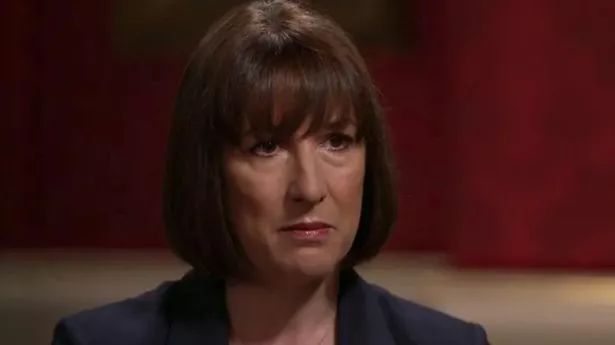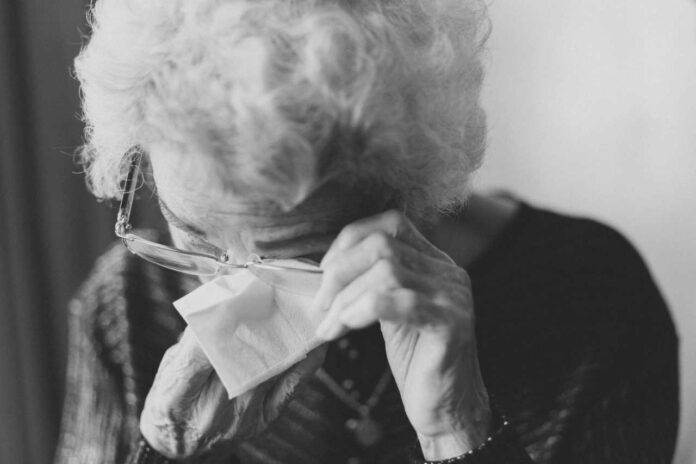A new scientific study has, for the first time, compared the creative capacities of artificial intelligence (AI) and humans in interpreting ambiguous images. Utilizing the newly introduced image-to-text function in ChatGPT-4, the research examined how both ChatGPT-4 and human participants creatively interpreted these figures.
The study by the University of Begen in Norway and the University of Turku in Finland involved 256 human volunteers and ChatGPT-4 – who were asked to provide creative interpretation to three ambiguous figures.
The study’s key findings indicate that AI demonstrates an impressive capacity to generate diverse interpretations of images, excelling in a type of creative behavior called flexibility. ChatGPT-4 was found, on average, to score better than humans in flexibility. However, approximately 5.3% of the top-performing human participants surpassed any AI response, even in terms of flexibility.
Simone Grassini, associate professor of psychology at the University of Bergen and one of the authors of the study, said: “AI’s strength lies in its ability to connect seemingly unrelated ideas quickly and efficiently when tasked to do so,” said the lead researcher of the study. The AI, however, still falls short of matching the average human’s creativity as subjectively perceived. Grassini noted, “Despite its efficiency, in our research, human responses were usually seen as more creative when judged by other humans.”
This research utilized a new psychological test for assessing creativity, and therefore this task has minimal representation in AI’s training data, suggesting that the AI’s replies are not “just” learned responses.
“This study represents an important step towards understanding how AI creative abilities can complement human creativity rather than simply seeking to replace it,” the researcher added. “Our results can guide future collaborations between humans and AI in creative tasks, leveraging on their respective strengths,” Grassini said.
The findings suggest that AI and humans may excel in different types of creativity. While AI can efficiently link diverse concepts, humans are better at proposing ideas that may be more generally perceived as more creative. This delineation between AI and human creativity is crucial for understanding the future role of AI in creative industries and beyond.
The study, “Artificial Creativity? Evaluating AI Against Human Performance in Creative Interpretation of Visual Stimuli,“ was authored by Simone Grassini and Mika Koivisto.
Reference:


